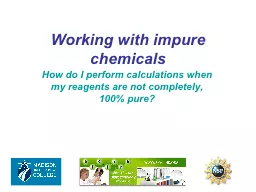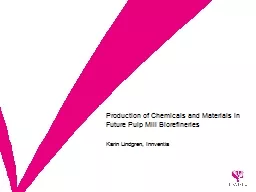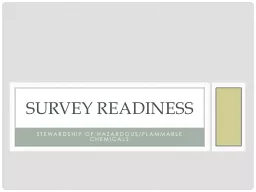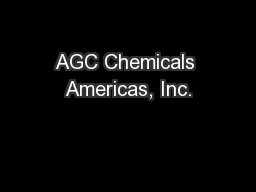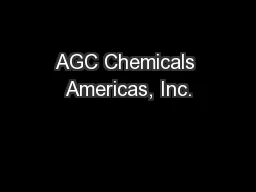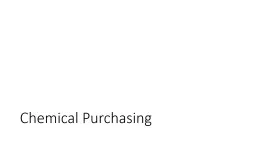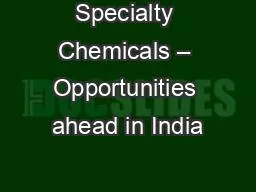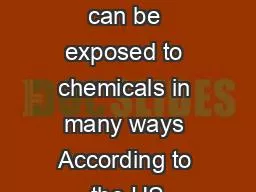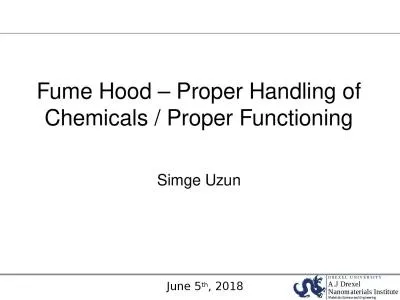PPT-Working with impure chemicals
Author : kittie-lecroy | Published Date : 2016-05-10
How do I perform calculations when my reagents are not completely 100 pure What do we mean by a pure chemical Sometimes when we work with chemicals our chemicals
Presentation Embed Code
Download Presentation
Download Presentation The PPT/PDF document "Working with impure chemicals" is the property of its rightful owner. Permission is granted to download and print the materials on this website for personal, non-commercial use only, and to display it on your personal computer provided you do not modify the materials and that you retain all copyright notices contained in the materials. By downloading content from our website, you accept the terms of this agreement.
Working with impure chemicals: Transcript
Download Rules Of Document
"Working with impure chemicals"The content belongs to its owner. You may download and print it for personal use, without modification, and keep all copyright notices. By downloading, you agree to these terms.
Related Documents

